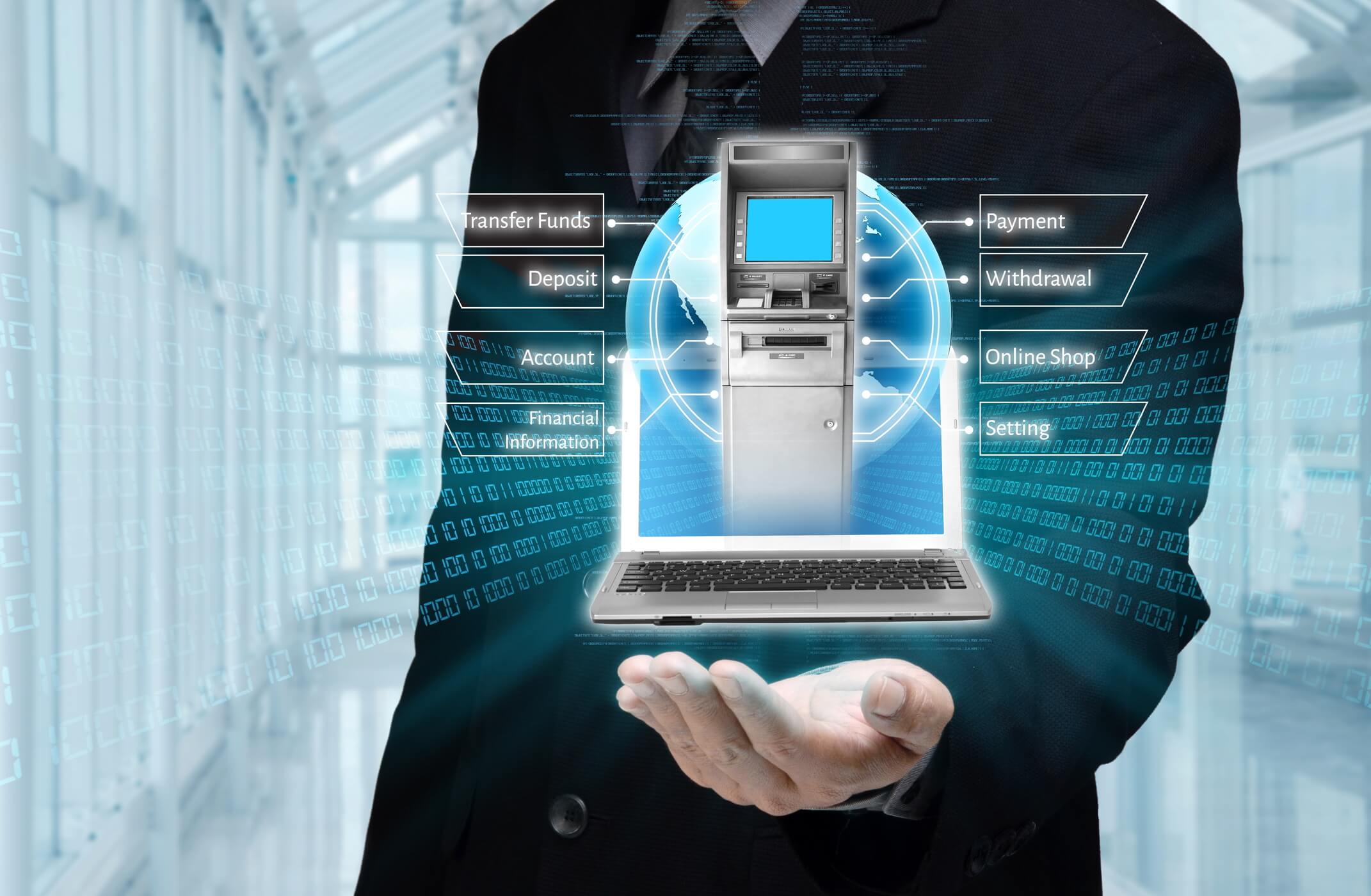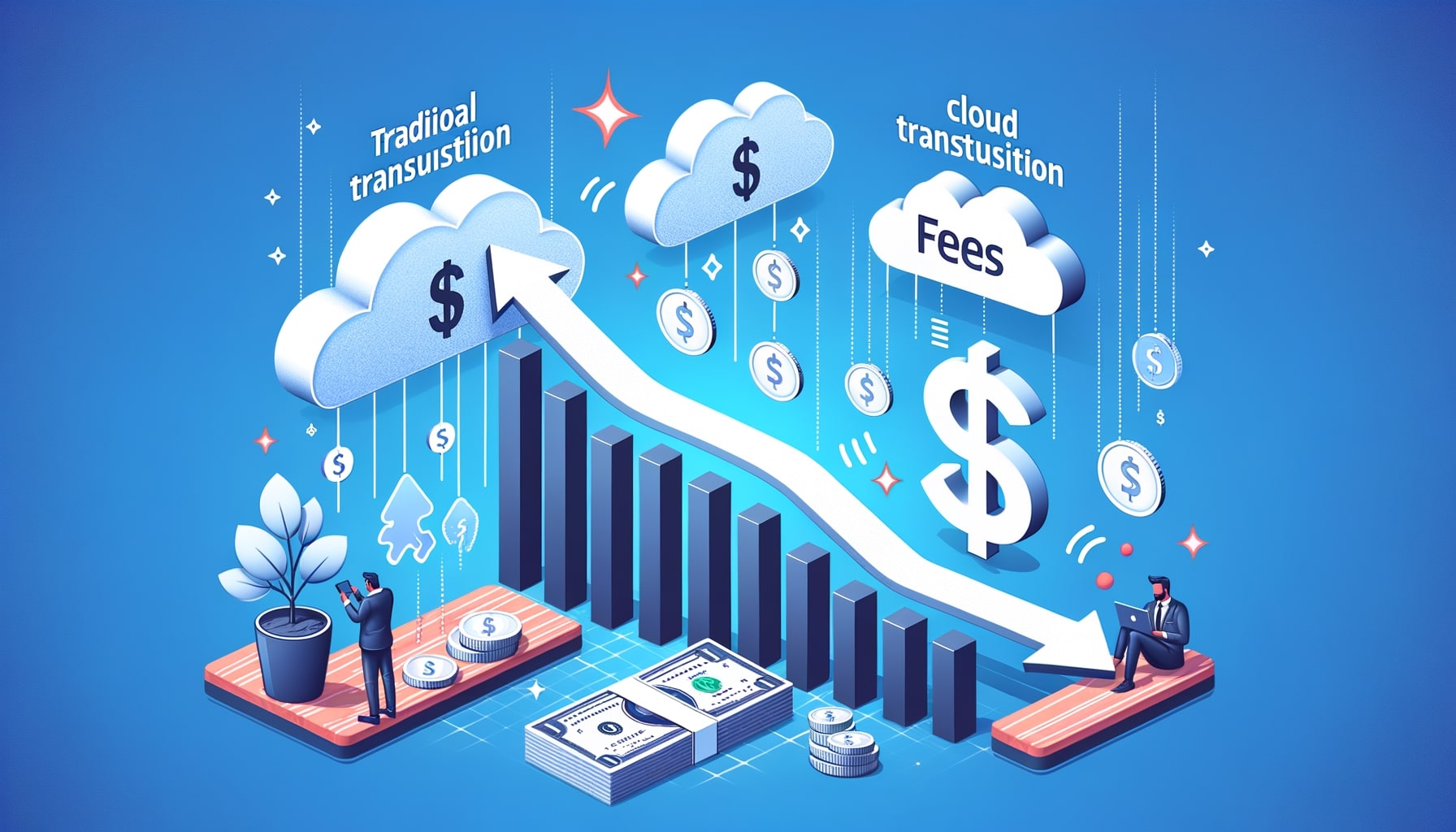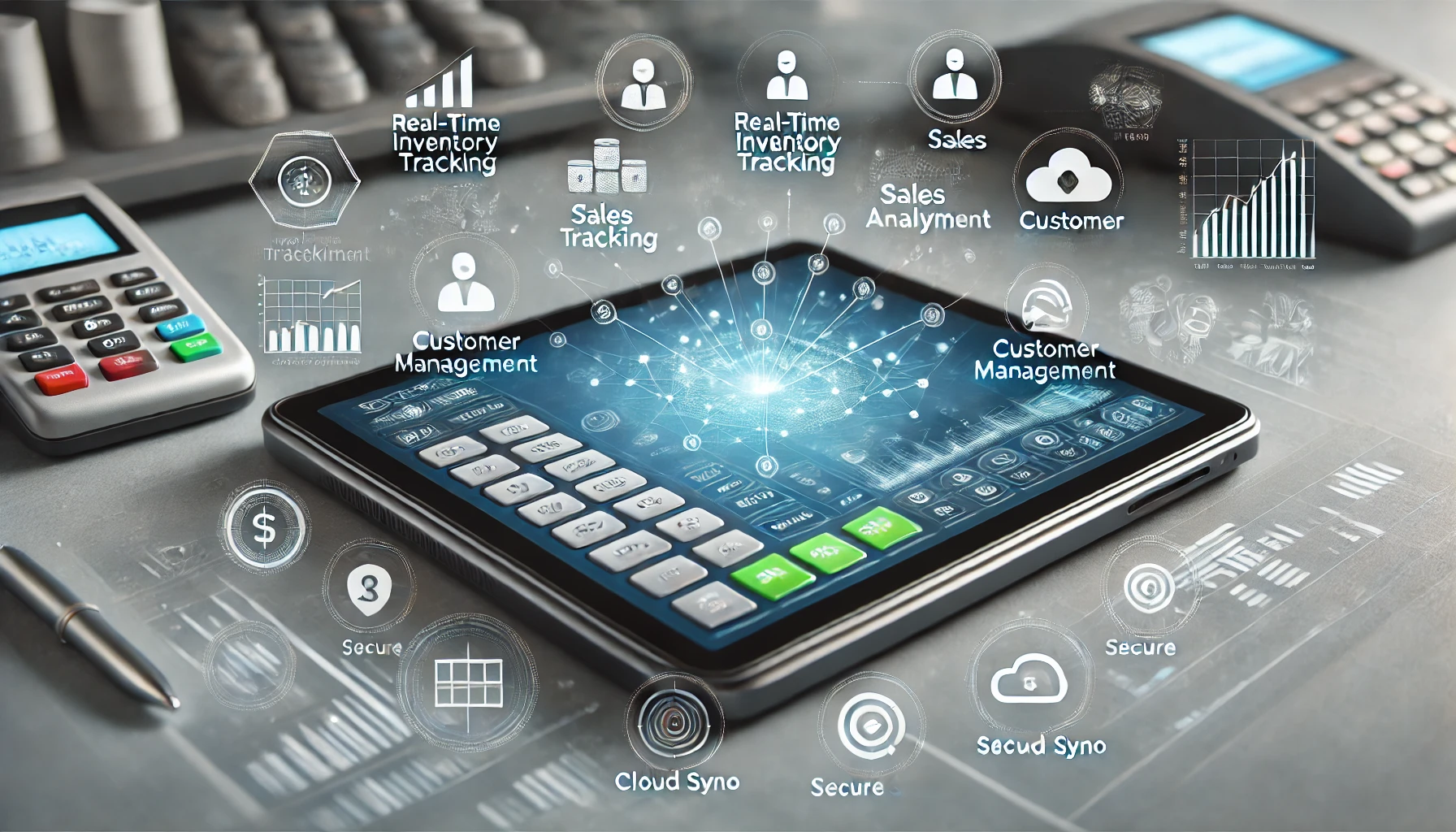The Evolution of Payments in the Cloud
The evolution of payments in the cloud represents a pivotal shift in how businesses and consumers transact in the digital age. This transformation has been driven by advances in cloud computing technology, changing consumer preferences, and the need for more secure, efficient payment methods. This article explores the historical overview of cloud payment technology, the impact of cloud computing on payment systems, and future trends in cloud payment innovation, providing insights into how this evolution affects businesses and consumers alike.
Historical Overview of Cloud Payment Technology

The evolution of cloud payment technology is a testament to the rapid advancements in the financial and technological sectors. This historical overview aims to highlight key milestones, developments, and the impact of cloud payment systems on the economy and businesses worldwide.
From Cash to Digital: The Transformation of Payment Systems
The rise of cashless societies
In the past, cash was the primary mode of payment. However, with advancements in technology and the increasing digitization of our lives, cashless societies have emerged. Countries like Sweden and China have embraced digital payments, with a significant decline in cash usage. This shift has been driven by factors such as convenience, security, and the proliferation of smartphones.
Introduction of credit and debit cards
The introduction of credit and debit cards revolutionized the payment landscape. These plastic cards allowed consumers to make purchases without carrying cash and provided a more secure and convenient alternative. The widespread adoption of card payments paved the way for further advancements in payment technology.
Emergence of online payment gateways
With the rise of e-commerce, online payment gateways became essential for facilitating secure transactions over the internet. Companies like PayPal, Stripe, and Square emerged as key players in this space, providing seamless payment solutions for businesses and consumers. These gateways enabled the integration of various payment methods, including credit cards, bank transfers, and digital wallets.
The Birth of Cloud Computing: A Game-Changer for Payments
Definition and concept of cloud computing
Cloud computing refers to the delivery of computing services, including storage, processing power, and software applications, over the internet. Instead of relying on local servers or personal computers, cloud computing allows users to access and utilize these resources remotely. This technology has transformed various industries, including payments.
Advantages of cloud computing in payment systems
Cloud computing offers several advantages for payment systems. Firstly, it provides enhanced security measures, as sensitive payment data is stored in secure data centers rather than on local devices. Additionally, cloud computing enables increased scalability, allowing payment systems to handle high transaction volumes without disruptions. It also offers cost-effectiveness, as businesses can avoid the upfront costs of hardware and software infrastructure.
Key players in the cloud computing industry
Several key players have emerged in the cloud computing industry, providing robust infrastructure and services for payment systems. Companies like Amazon Web Services (AWS), Microsoft Azure, and Google Cloud Platform offer scalable and reliable cloud solutions. These providers have invested heavily in data centers and infrastructure to support the growing demand for cloud-based payment systems.
Impact of Cloud Computing on Payment Systems

Cloud computing has revolutionized numerous industries by providing scalable, flexible, and efficient solutions for managing and processing data. One of the most significant impacts of cloud computing has been on payment systems, transforming how transactions are processed, enhancing security measures, and reshaping consumer behavior.
Enhanced security and fraud prevention
Cloud computing has significantly enhanced the security of payment systems. By storing payment data in secure data centers, businesses can mitigate the risk of data breaches and unauthorized access. Cloud providers also implement advanced security measures, such as encryption and multi-factor authentication, to protect sensitive information. Additionally, cloud-based payment systems can leverage machine learning algorithms to detect and prevent fraudulent transactions in real-time.
Increased convenience and accessibility
Cloud-based payment systems offer increased convenience and accessibility for both businesses and consumers. With cloud computing, payments can be made anytime, anywhere, using various devices, including smartphones, tablets, and laptops. This flexibility allows businesses to reach a wider customer base and enables consumers to make payments seamlessly, whether they are in-store or online.
Improved scalability and cost-effectiveness
One of the key advantages of cloud computing in payment systems is scalability. Cloud-based payment platforms can handle high transaction volumes without the need for additional hardware or infrastructure. This scalability ensures that businesses can process payments efficiently, even during peak periods. Furthermore, cloud computing offers cost-effectiveness, as businesses can pay for the resources they use, rather than investing in expensive hardware and software upfront.
The Rise of Mobile Payments: Cloud-Based Solutions at Your Fingertips

The last decade has witnessed a seismic shift in how consumers conduct transactions, with mobile payments leading the charge in the fintech revolution. This transformative trend has been significantly fueled by advancements in cloud-based solutions, making it easier, faster, and more secure for users to make payments with just a few taps on their smartphones.
Introduction to mobile payment technologies
Mobile payment technologies have gained significant traction in recent years, enabling consumers to make payments using their smartphones or other mobile devices. These technologies leverage cloud computing to securely store payment information and facilitate transactions. Examples of mobile payment solutions include Apple Pay, Google Pay, and Samsung Pay.
Mobile wallets and their integration with cloud computing
Mobile wallets, such as Apple Wallet and Google Wallet, have become increasingly popular as a convenient and secure way to store payment information. These wallets integrate with cloud computing, allowing users to access their payment details across multiple devices. By leveraging cloud-based storage, mobile wallets ensure that payment information is securely backed up and synchronized.
Benefits and challenges of mobile payments
Mobile payments offer several benefits, including convenience, speed, and enhanced security. With mobile payment solutions, consumers can make purchases with just a few taps on their smartphones, eliminating the need to carry physical cards or cash. Mobile payments also provide an additional layer of security, as payment information is tokenized and encrypted. However, challenges such as compatibility issues, limited acceptance, and concerns about data privacy and security still exist.
The Role of Big Data in Cloud Payment Systems
The fusion of big data with cloud payment systems represents a transformative shift in how financial transactions are processed, analyzed, and secured. This integration has paved the way for more personalized, efficient, and secure payment experiences for users across the globe.
Utilizing data analytics for personalized payment experiences
Big data analytics plays a crucial role in cloud payment systems. By analyzing vast amounts of transactional data, businesses can gain valuable insights into consumer behavior, preferences, and spending patterns. This data can be used to personalize payment experiences, offer targeted promotions, and improve customer satisfaction. For example, by analyzing purchase history, businesses can recommend relevant products or services to customers during the payment process.
Enhancing risk management and fraud detection
Big data analytics can also enhance risk management and fraud detection in cloud payment systems. By analyzing transactional data in real-time, businesses can identify suspicious patterns or anomalies that may indicate fraudulent activity. Machine learning algorithms can be trained to detect and prevent fraudulent transactions, minimizing financial losses and protecting both businesses and consumers.
Leveraging customer insights for targeted marketing
Cloud payment systems generate a wealth of customer data that can be leveraged for targeted marketing campaigns. By analyzing transactional data, businesses can identify customer segments, understand their preferences, and tailor marketing messages accordingly. This targeted approach can lead to higher conversion rates, increased customer loyalty, and improved overall marketing effectiveness.
Future Trends in Cloud Payment Innovation
The landscape of cloud payment systems is rapidly evolving, driven by technological advancements, changing consumer expectations, and the increasing need for secure, efficient transaction methods. As we look towards the future, several key trends are emerging that promise to further transform the world of payments.
Biometric authentication and facial recognition
The future of cloud payments is likely to involve biometric authentication and facial recognition technologies. These technologies offer enhanced security and convenience by allowing users to authenticate payments using their unique biometric features, such as fingerprints or facial scans. Biometric authentication eliminates the need for passwords or PINs, making payments more secure and frictionless.
Internet of Things (IoT) and connected devices
The Internet of Things (IoT) is expected to play a significant role in the evolution of cloud payments. With the proliferation of connected devices, such as smartwatches, fitness trackers, and home automation systems, payments can be seamlessly integrated into everyday objects. For example, a smart refrigerator could automatically reorder groceries and make payments on behalf of the user.
Blockchain technology and cryptocurrencies
Blockchain technology and cryptocurrencies have the potential to revolutionize cloud payments. Blockchain, a decentralized and transparent ledger, can provide secure and tamper-proof transaction records. Cryptocurrencies, such as Bitcoin and Ethereum, offer fast and low-cost cross-border payments. The integration of blockchain and cryptocurrencies into cloud payment systems can enhance security, reduce transaction costs, and enable faster settlement times.
The Advantages of Cloud Payments for Businesses and Consumers
Cloud payments have emerged as a game-changing technology, offering a plethora of benefits for both businesses and consumers. This innovative payment method leverages cloud computing to process transactions, thereby enhancing efficiency, security, and accessibility.
Streamlined payment processes
Cloud payments streamline payment processes for businesses and consumers alike. By leveraging cloud computing, businesses can automate payment workflows, reducing manual errors and administrative tasks. Consumers benefit from seamless payment experiences, with the ability to make payments anytime, anywhere, using various devices.
Enhanced security measures
Cloud payments offer enhanced security measures compared to traditional payment methods. By storing payment data in secure data centers, businesses can mitigate the risk of data breaches and unauthorized access. Cloud providers implement advanced security protocols, such as encryption and multi-factor authentication, to protect sensitive information.
Improved customer experience
Cloud payments improve the customer experience by providing convenient and seamless payment options. With cloud-based payment systems, consumers can make payments using their preferred methods, whether it’s credit cards, mobile wallets, or cryptocurrencies. This flexibility and convenience enhance customer satisfaction and loyalty.
Cost savings and scalability
Cloud computing offers cost savings and scalability for businesses. By leveraging cloud-based payment systems, businesses can avoid the upfront costs of hardware and software infrastructure. They can also scale their payment infrastructure as needed, without the need for significant investments in additional hardware or resources.
Frequently Asked Questions
Q 1: Is it safe to store my payment information in the cloud?
Storing payment information in the cloud can be safe if proper security measures are in place. Cloud providers implement robust security protocols, such as encryption and multi-factor authentication, to protect sensitive data. However, it is essential for users to choose reputable cloud service providers and follow best practices, such as using strong passwords and regularly updating their devices.
Q 2: How does cloud computing improve payment processing speed?
Cloud computing improves payment processing speed by providing scalable infrastructure and resources. Cloud-based payment systems can handle high transaction volumes without disruptions, ensuring fast and efficient processing. Additionally, cloud computing enables real-time data processing and analysis, allowing businesses to detect and prevent fraudulent transactions quickly.
Q 3: Can I use cloud payments without an internet connection?
Cloud payments typically require an internet connection to access and process payment information. However, some cloud-based payment solutions offer offline capabilities, allowing users to make payments even when they are not connected to the internet. These solutions store encrypted payment data locally and synchronize it with the cloud once an internet connection is available.
Q 4: What are the potential risks and challenges of cloud payments?
While cloud payments offer numerous benefits, there are potential risks and challenges to consider. These include data breaches, unauthorized access, compatibility issues, limited acceptance, and concerns about data privacy and security. It is crucial for businesses and consumers to stay informed about the latest security practices and choose reputable cloud service providers.
Q 5: How can businesses benefit from adopting cloud payment systems?
Businesses can benefit from adopting cloud payment systems in several ways. Cloud payments streamline payment processes, reducing manual errors and administrative tasks. They also offer enhanced security measures, protecting sensitive payment data from breaches and fraud. Cloud payment systems improve the customer experience by providing convenient and seamless payment options. Additionally, cloud computing offers cost savings and scalability, allowing businesses to scale their payment infrastructure as needed without significant upfront investments.
Conclusion
In conclusion, the evolution of payments in the cloud has revolutionized the way we pay. From the transformation of payment systems from cash to digital to the birth of cloud computing as a game-changer, cloud payments have brought numerous advantages to businesses and consumers. The impact of cloud computing on payment systems includes enhanced security, increased convenience, and improved scalability. The rise of mobile payments, the role of big data, and the future of cloud payments with innovations like biometric authentication, IoT, and blockchain technology further shape the landscape of payments.










